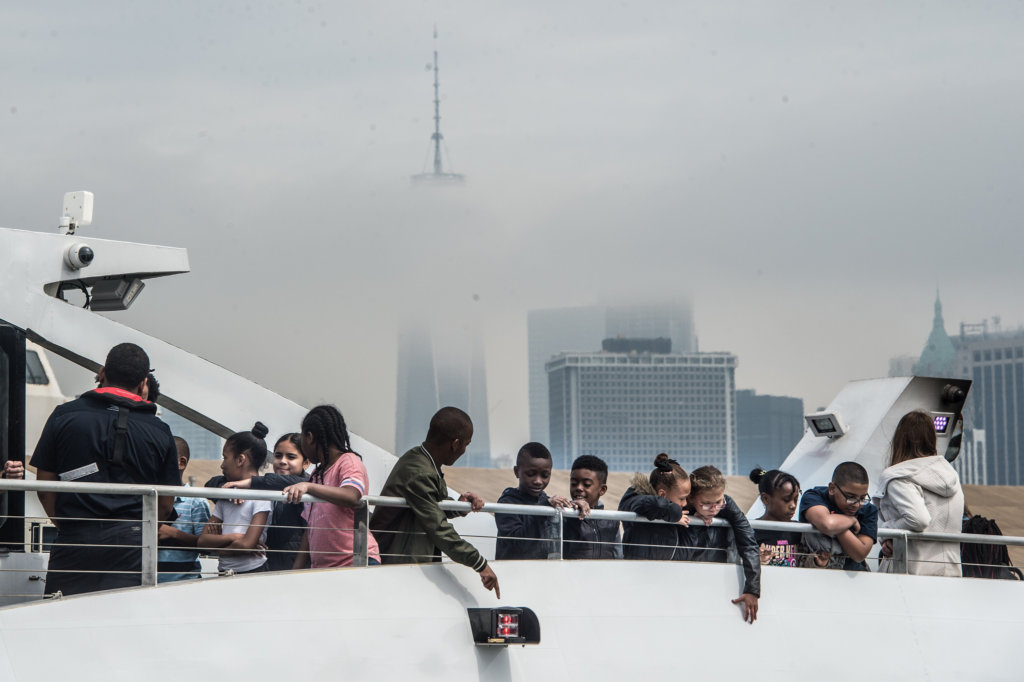OPINION: Renewed ferry services transform NYC waterfront

Within the past two years or so, Mayor Bill de Blasio and his administration have put together an admirable assemblage of ferry routes, collectively known as NYC Ferry.
Stops on the Queens and Brooklyn shoreline include Astoria, Long Island City, Hunters Point, Greenpoint, Williamsburg (two stops), DUMBO, the Brooklyn Navy Yard and Coney Island (both in the planning stages), Atlantic Avenue, Red Hook, Bay Ridge and Rockaway. The ferry has made many destinations more accessible — for example, the trip from Lower Manhattan to Rockaway is faster and more pleasant than the trip by subway.
Furthermore, while New York Water Taxi no longer has a Brooklyn-Manhattan commuter route, it still operates sightseeing boats with a stop in Brooklyn Bridge Park. And while this is outside the purview of this newspaper, NY Waterway is still king of the hill as far as trans-Hudson ferries from Manhattan to Hudson and Bergen counties are concerned.

Brooklyn Boro
View MoreNew York City’s most populous borough, Brooklyn, is home to nearly 2.6 million residents. If Brooklyn were an independent city it would be the fourth largest city in the United States. While Brooklyn has become the epitome of ‘cool and hip’ in recent years, for those that were born here, raised families here and improved communities over the years, Brooklyn has never been ‘uncool’.